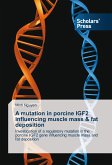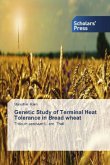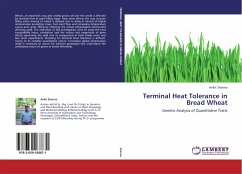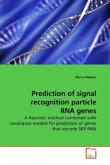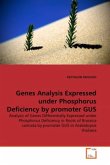The complement system is an evolutionary ancient mechanism that plays an essential role in innate immunity and contributes to the acquired immune response. It is a versatile first line of defense of hosts against various pathogens. Three modes of activation, known as classical, alternative and lectin pathway, lead to the initiation of a common terminal lytic pathway. The terminal complement components (TCCs: C6, C7, C8A, C8B, and C9) are encoded by the genes C6, C7, C8A, C8B, C8G, and C9. Herein the author describes the characterization of the porcine genes in terms of sequence and sequence variation obtained in different breeds, homology to other species, chromosomal position and genetic mapping as well as the effect of genetic variation on the hemolytic complement activity. The results promote the porcine genes encoding terminal complement components as candidate genes for improvement of disease resistance and animal health.


